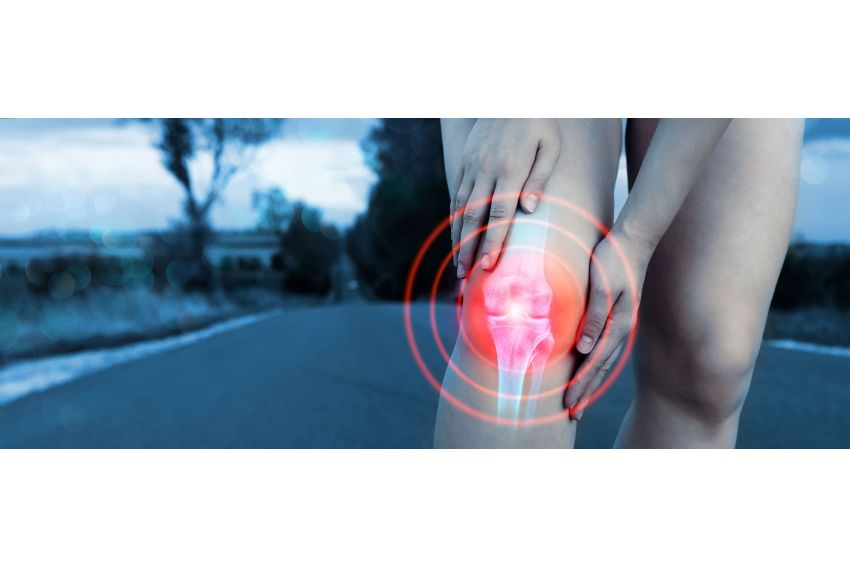Arthritis is a common health condition that affects approximately 1 in every 7 Australians1,2. It is a general term used to describe inflammation in the joints, which can cause pain, stiffness, and reduced mobility. There are many different types of arthritis, however according to Arthritis Australia and the Australian Bureau of Statistics, osteoarthritis and rheumatoid arthritis are the most common forms of arthritis in Australia1,2.
Osteoarthritis (OA)
Osteoarthritis is the most common type of arthritis in Australia, and occurs when the cartilage in the joints breaks down over time, leading to pain, stiffness and swelling3. It is often referred to as the "wear and tear" type of arthritis and is commonly associated with aging, obesity, and joint injuries. Studies have reported, women are more likely to develop osteoarthritis than men3. The hands, knees, hips, and spine are the most commonly affected joints.
Tips for managing OA symptoms:
- Maintain a healthy weight to reduce pressure on the joints. Work with a health professional to see what options you have to reach your ideal weight.
- Protect the joints from further damage by avoiding activities that put too much stress on them. Consider wearing appropriate supportive wraps or braces when taking part in activities.
- Use heat or cold therapy to relieve pain and stiffness. Massaging the affected joint with a liniment, oil or cream may also help improve circulation and reduce pain.
- Try low-impact exercises to maintain joint mobility. Walking, biking, swimming, yoga and water aerobics are all good options.
Rheumatoid arthritis (RA)
Rheumatoid arthritis is an autoimmune disorder that affects around 400,000 Australians, typically developing between the ages of 25 and 504. It occurs when the immune system attacks the lining of the joints, causing inflammation and pain. Symptoms include joint pain, swelling, and stiffness, particularly in the hands and feet, and can lead to joint damage and disability.
Tips for managing RA symptoms:
- Work with a team of health professionals to develop a treatment plan that may involve medication, physical therapy, and lifestyle changes. It is important to remember to take your medication regularly and speak to your doctor or pharmacist if you are experiencing any troublesome side effects.
- Try stay as active as possible, whilst also listening to your body. Include stretching, low-impact aerobic exercise and strengthening exercises.
- Rest when necessary to avoid exacerbating symptoms. Be smart about taking on your daily tasks, have a plan and pace yourself.
Use heat or cold therapy to relieve pain and stiffness. Heat treatments, such as wheat bags or warm baths, tend to work best for soothing stiff joints and tired muscles. Cold is best for acute pain5.
References
- https://arthritisaustralia.com.au/what-is-arthritis/fastfacts/
- https://www.abs.gov.au/articles/long-term-health-conditions
- https://www.mja.com.au/journal/2004/180/5/epidemiology-osteoarthritis-australia
- https://www.aihw.gov.au/reports/chronic-musculoskeletal-conditions/musculoskeletal-conditions/contents/about
- https://myra.org.au/article/managing-pain-heat-or-cold/using-heat-and-cold-pain-relief
DISCLAIMER: This material contains general information about medical conditions and treatments and is intended for educational purposes only. It does not constitute medical or professional advice, nor should it be used for the purposes of diagnosing or treating any illness. If you have or suspect you may have a health problem, you should consult your local pharmacist or health provider to obtain professional advice relevant to your specific circumstances.







